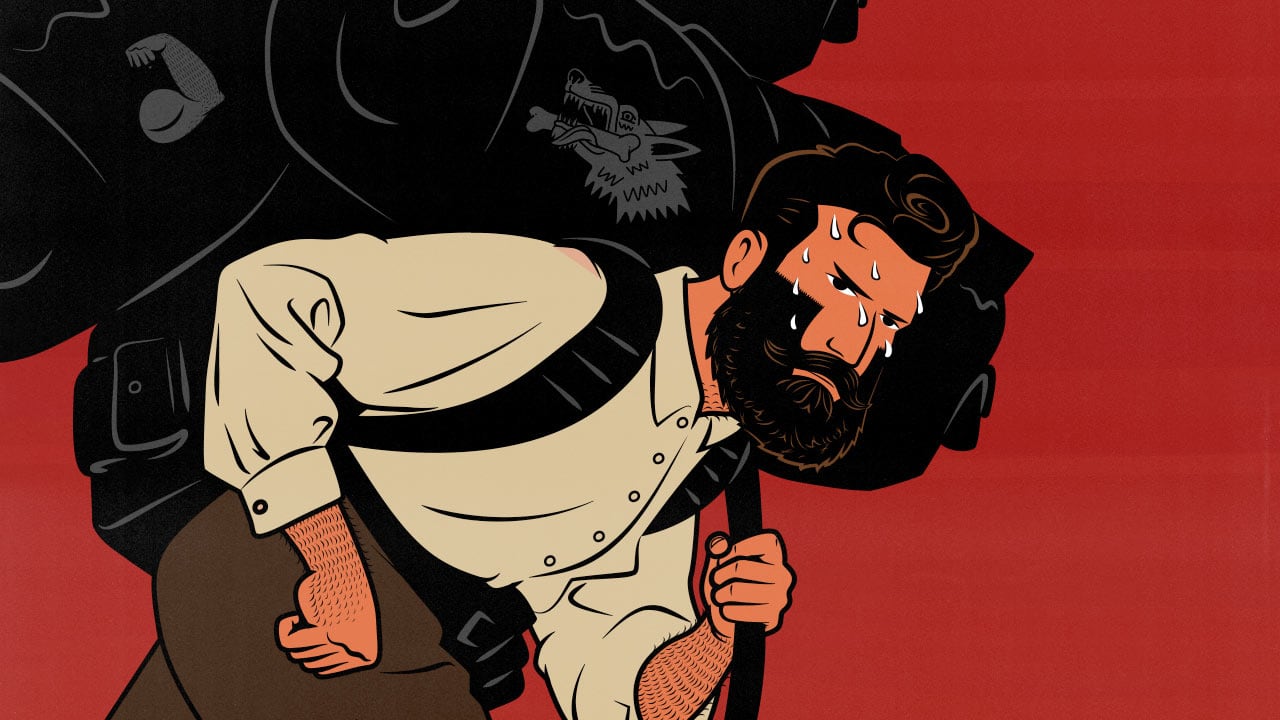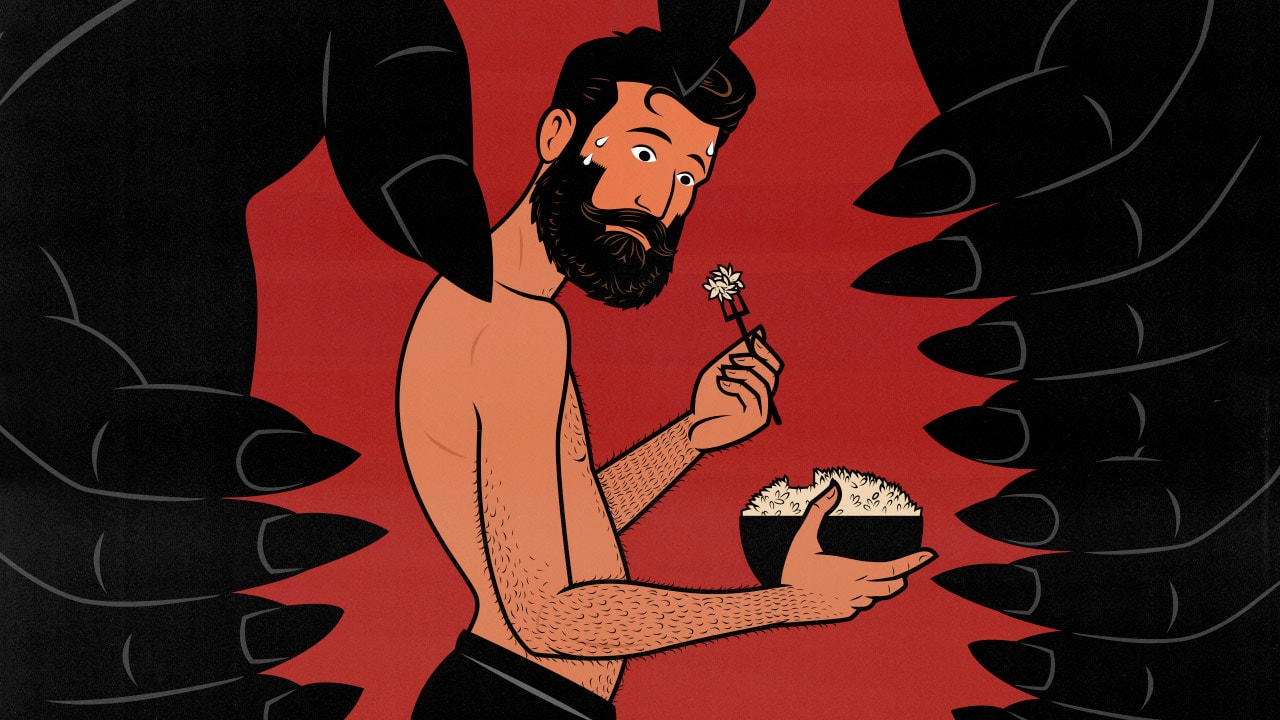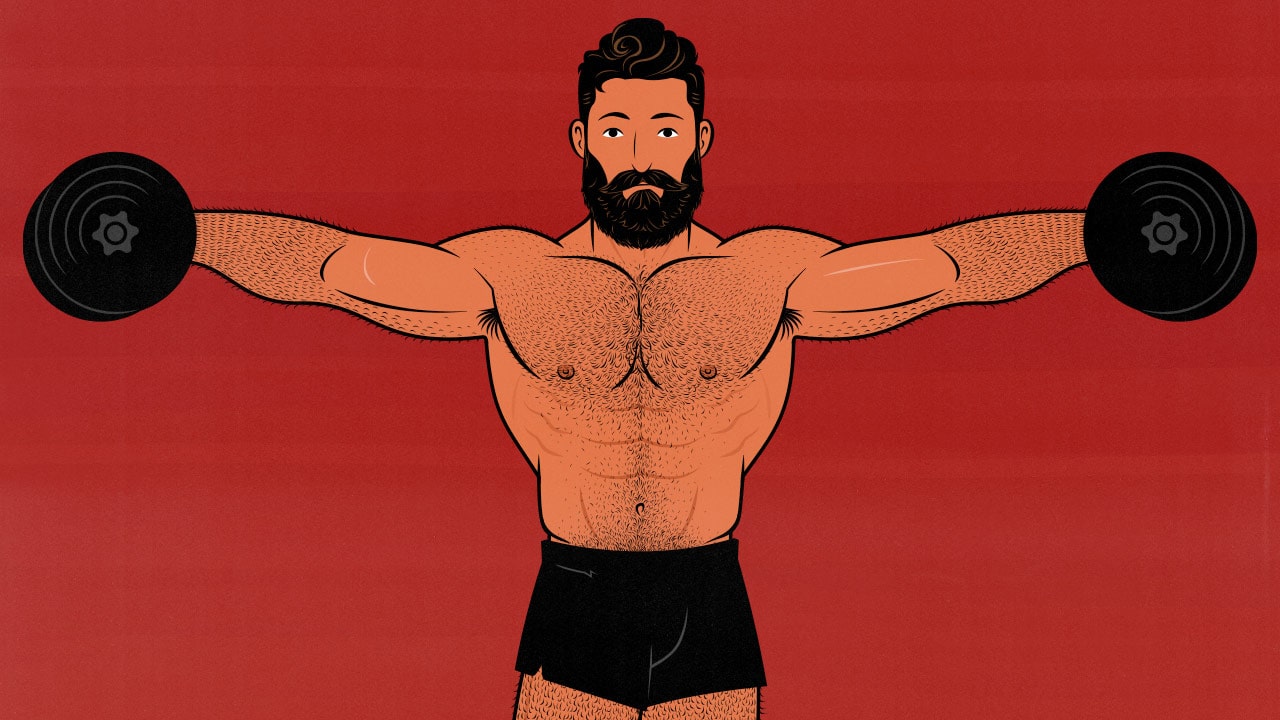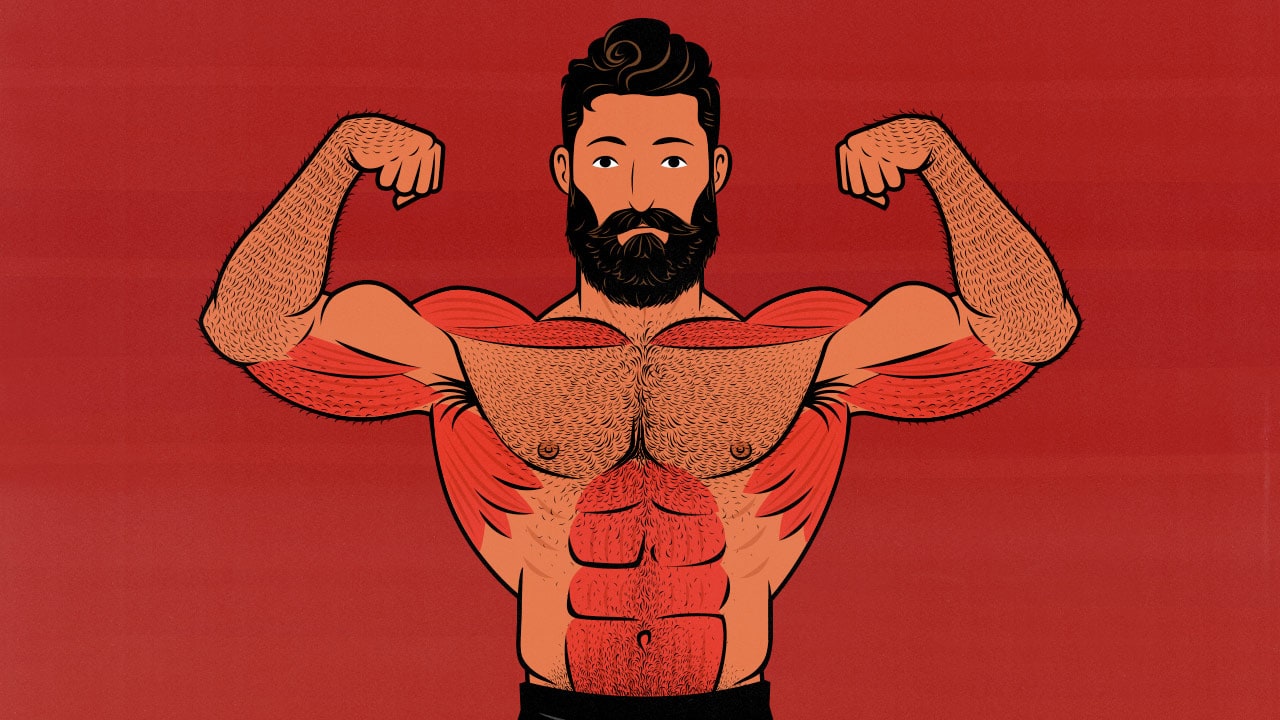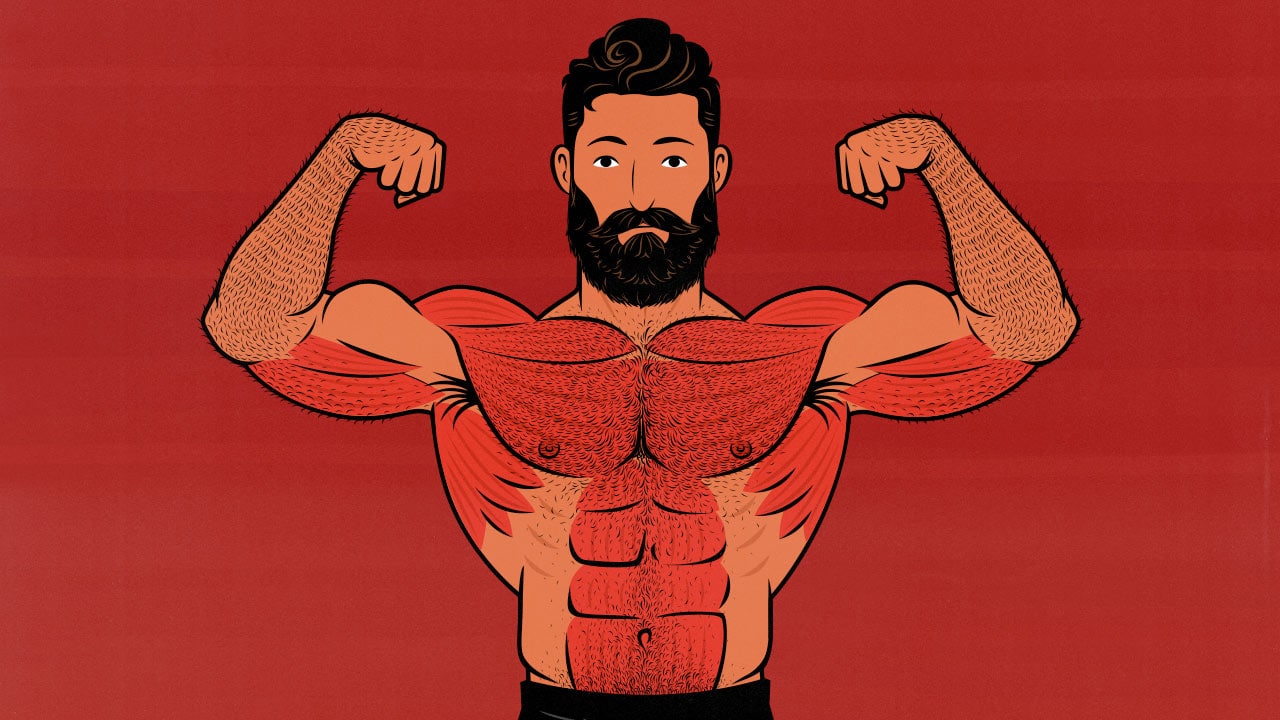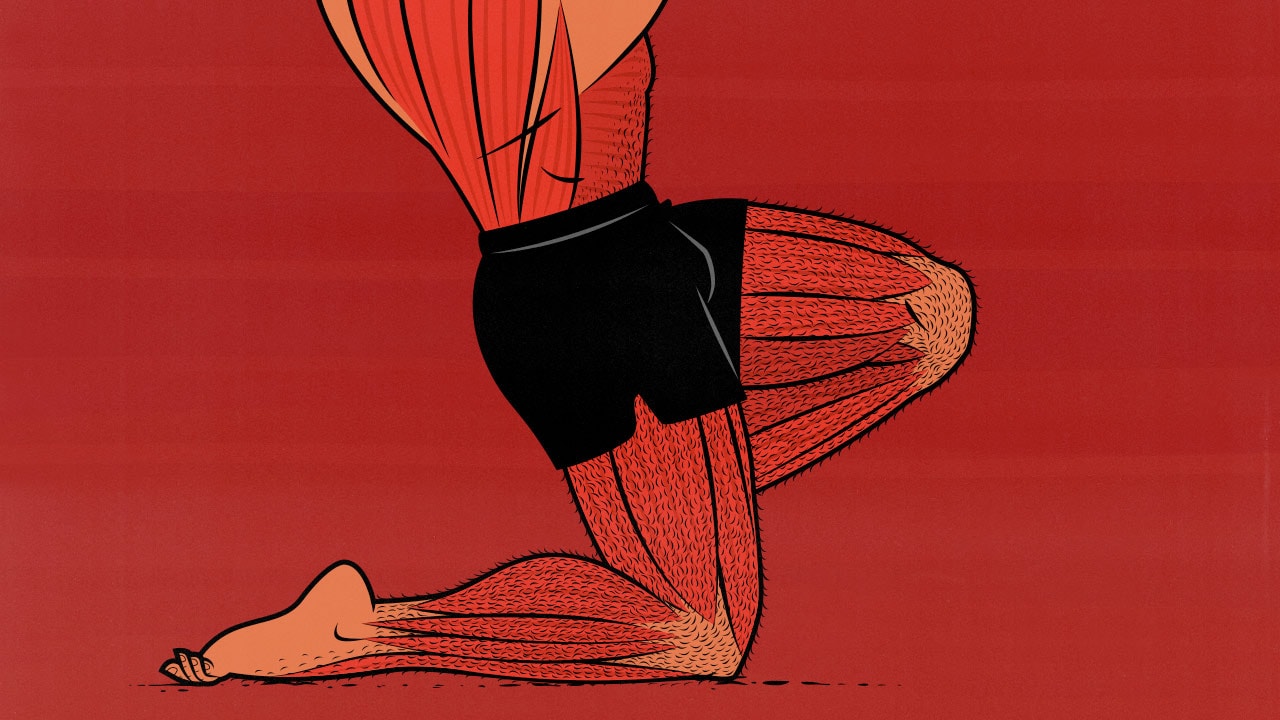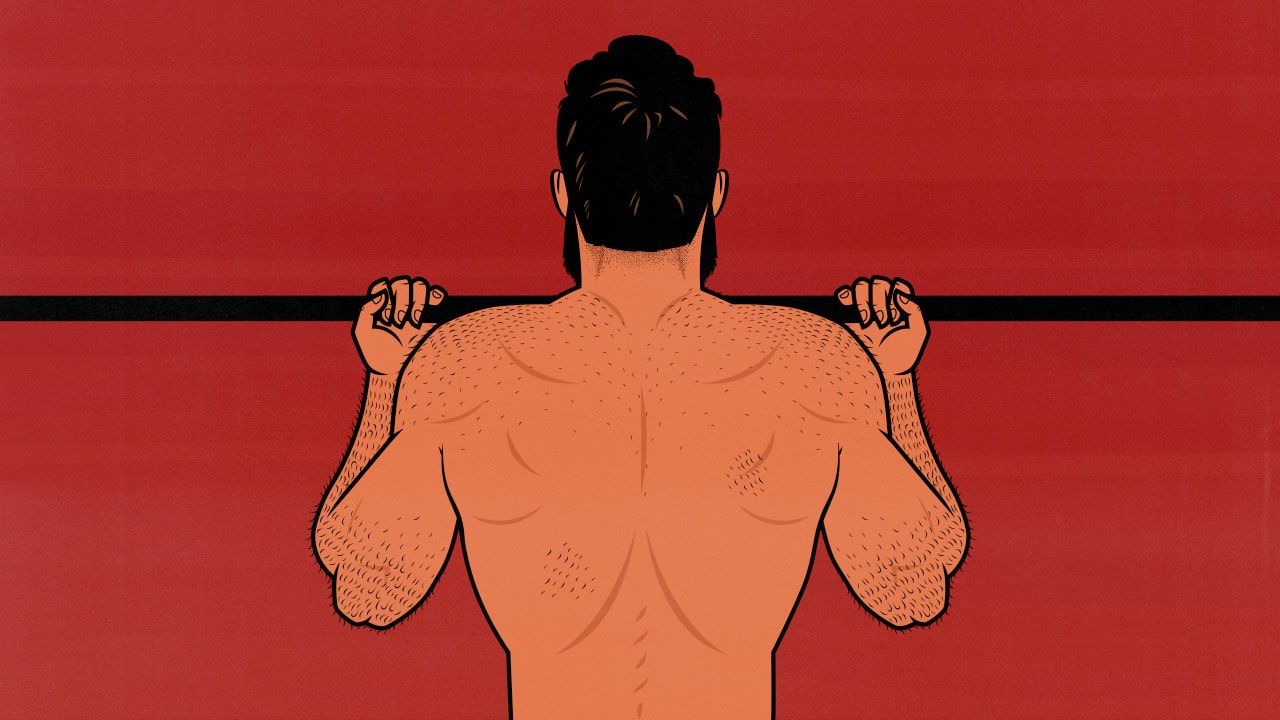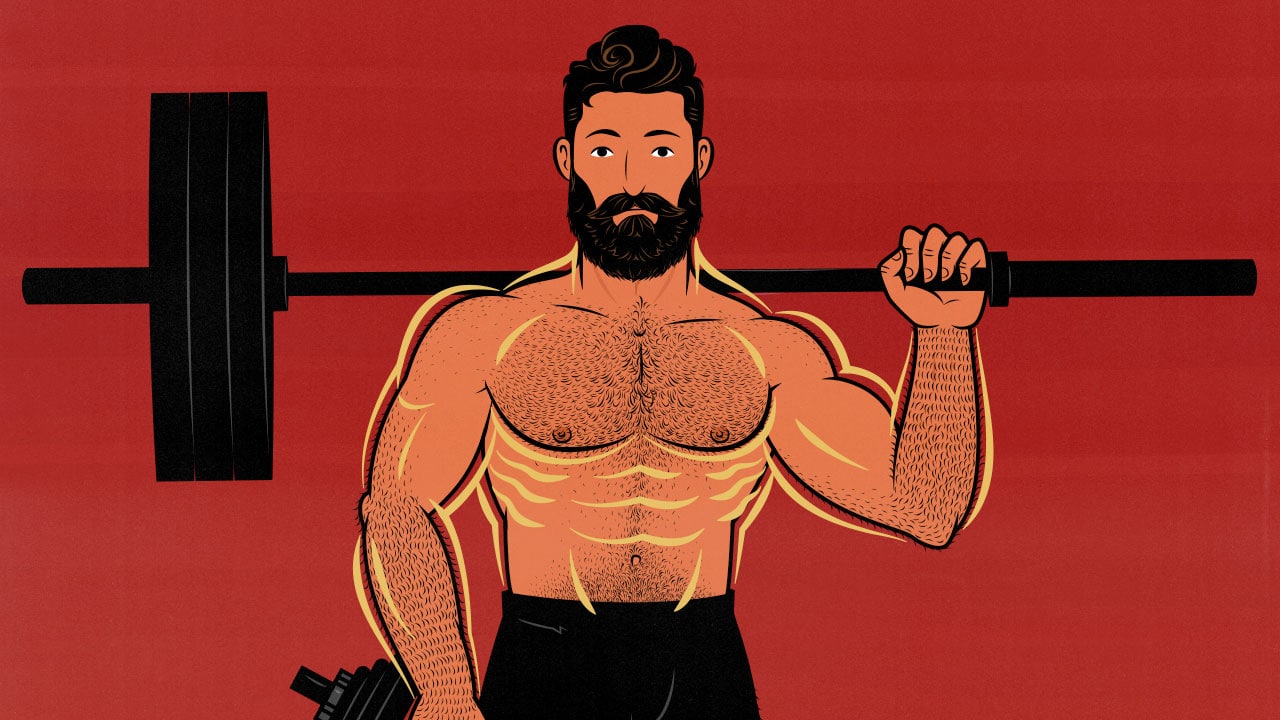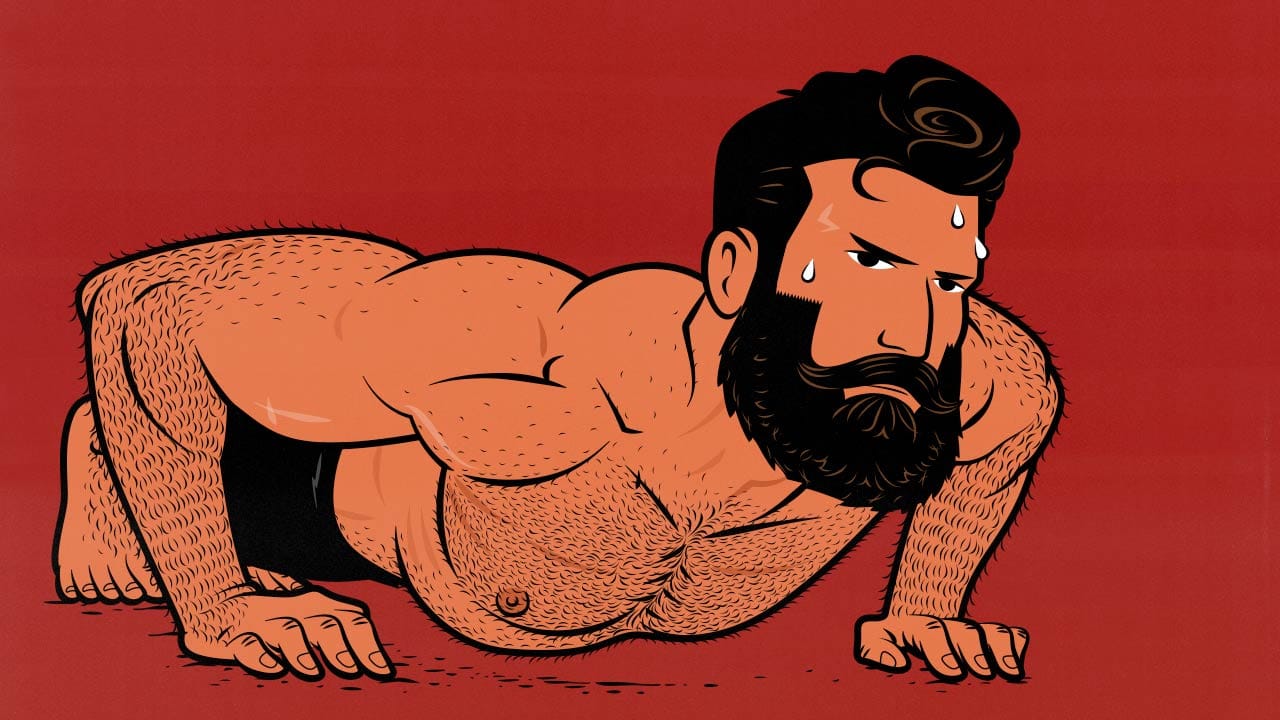Articles
How to Ruck—The Complete Beginner Guide
Rucking is perhaps the safest, most effective, and most efficient way to improve your cardiorespiratory fitness (study, study, study). It can be two or three times as efficient as brisk walking (study). It’s one of the most effective forms of exercise for burning fat (study). It’s about as effective as jogging, but it’s much easier to learn and has a much lower risk of injury.
Rucking is walking with a loaded backpack, also known as a “rucksack,” hence the term “rucking.” The term comes from military training, but its origins go back far further. We’ve been carrying heavy loads over long distances throughout all of human history.
Hunter-gatherers carried spears and shields and baskets full of forage. Men would lug large game home after successful hunts. Women would carry their young children strapped to their backs. We’ve always been rucking, just without the rucksacks.
You already know how to ruck, but there are some guidelines that help.
Delve into the detailsCan Bulking Cause Insulin Resistance & Diabetes?
Whenever we talk about how carbohydrates can be good for building muscle, we get comments from people worried that if they eat too many carbs, they’ll produce too much insulin, and their bodies will become desensitized to it, causing insulin resistance and potentially even leading to diabetes. Can that happen?
The other concern is that bulking means eating in a calorie surplus to gain weight intentionally. Can that calorie surplus cause insulin resistance?
I reached out to Dr. Karl Nadolsky, an endocrinologist who specializes in diseases like diabetes, and Danny Lennon, a nutritionist on the Advisory Board of the Sports Nutrition Association. I asked them if skinny and skinny-fat people should worry about eating too many carbs while bulking. Could that lead to insulin resistance and diabetes?
Their answers surprised me.
Delve into the detailsThe Best Shoulder Exercises (For Your Front, Side & Rear Delts)
Your shoulders are made up of three different heads—the front delts, side delts, and rear delts. Each head moves your shoulders in a different direction, so each needs a different type of exercise. You need a mix of pressing exercises, lateral raises, and pulling exercises.
In this guide, we’ll go over the best deltoid exercises for each head and then combine them together into a balanced shoulder workout.
Delve into the detailsThe Best Shoulder Day Workout for Building Muscle
Shoulder Day is a workout designed to bulk up your shoulders, making them bigger, stronger, and broader. You can also use it as an opportunity to sneak in some extra chest, back, or arm work, rounding out your workout routine.
In return, you can sneak some shoulder exercises into your other workouts, increasing the training frequency for your shoulders and provoking even faster shoulder growth.
You can do Shoulder Day once per week as part of a Bro Split or twice per week as part of a shoulder specialization program. We’ll show you how to do both.
Delve into the detailsChest Day Routine: The Best Chest, Shoulder & Triceps Workout
I have a fond spot for Chest Day workouts. I started bulking with absolutely no idea what I was doing. I gained my first 20 pounds while following a workout program that was little more than a push-up challenge.
When I finally started following a real hypertrophy training program, I could bench press more than I could squat or deadlift. As you can imagine, that made me love Chest Day even more.
I soon came into contact with Marco. He’d just gotten back from training under Eric Cressey, the head strength coach for the New York Yankees. He’d started up his own training business, where he was helping professional and Olympic athletes bulk up.
He switched me over to a full-body workout routine, which helped me gain another 40 pounds. However, my bench press soon got stuck at 250 pounds. So I brought Chest Days back into my workout routine, and lo, my bench started moving up again. After a few months, I accomplished my lifetime goal of 315 pounds.
Fortunately, Chest Days aren’t difficult to program. We’ll teach you how to make your own. We’ll also give you a few workouts you can use.
Delve into the detailsThe Best Leg Day Workout for Building Muscle
Leg Days work all the biggest muscles in your body, giving you chiselled thighs, round glutes, and muscular calves. They’ll also give you a thicker torso, making you sturdier from head to toe.
We’re coming at this from a hypertrophy training angle. These workouts are designed to help you build muscle. Still, leg training always works best when it’s built on a solid foundation of strength-training principles.
If you understand the basic principles, it isn’t difficult to program a good Leg Day workout. Your legs are full of big, simple muscles that respond well to big, heavy exercises. Unfortunately, those exercises are notoriously intimidating, and the punishment for skipping them is severe: you will come to physically resemble a chicken.
Delve into the detailsThe Best Pull Day Workout for Building Muscle
Pull Days can give you a wide back, a sturdy torso, and big biceps. They’re tricky, though. You’ve got a glorious mess of muscles back there, all of them yearning to grow, but each demanding a different elbow position or pulling angle.
Then come deadlifts and bent-over rows, which work your upper back and lats, but also your spinal erectors, glutes, and hamstrings. That makes them amazing lifts for stimulating muscle growth, but they can also interfere with Leg Days.
There’s a system for programming Pull Days. It’s not as simple as our systems for Push Days and Leg Days, but we’ll give you plenty of examples, along with some workout routines you can choose from.
Delve into the detailsThe Best Push Day Workout for Building Muscle
As an underweight beginner, I gained my first 20 pounds from doing poorly programmed Push Days. Only Push Days. No Leg or Back days. The only exercise I knew how to do properly was the push-up. That was enough to bring me up to a healthy body weight.
Another 40 pounds later, I used a Push Day specialization routine to accomplish my lifetime goal of benching 3 plates. My bench press had plateaued for years. What finally got it moving again was having 2 dedicated Push Days every week.
I love these workouts. They’re what sparked my love of lifting. They’re also quite simple to program.
Delve into the detailsThe Best 6-Day Workout Split for Building Muscle
6-day workout splits can be remarkably good for building muscle. With so many training days to play with, you can take several different approaches, ranging from minimalism to total maximalism. You’re training often enough that you can build muscle with short 20-minute workouts. On the other hand, you could use the extra training days as an opportunity to add more volume to your routine.
However, when you’re training this often, it’s easy to wear yourself out. You’re stressing your hands, postural muscles, and joints almost every day of the week. You need to be smart about it. Fortunately, there’s a long tradition of training 6 days per week. All the lumps have been hammered flat.
The two most popular 6-day workout splits are the push/pull/legs split and the upper/lower split. Both can be great for building muscle, but one makes for a better default, especially when done right.
Delve into the detailsHow Many Push-Ups Should You Do Per Day?
You should do more push-ups than last time. For example, let’s say in your last workout, you got 13 push-ups in your first set, 11 in your second, and 9 in your third. That’s 33 push-ups. Today, your goal is to do 34 push-ups or more.
If you can do more push-ups than last time, that’s progressive overload. It’s by far the most important part of gaining muscle and strength. It proves you’ve gotten stronger, and it stimulates a new wave of growth. It’s both the sign and signal of muscle growth.
Here’s the catch: to have any hope of getting more push-ups than last time, you need to follow a sensible workout plan, eat a diet that supports muscle growth, and live a good lifestyle. Let’s delve into how to do that.
Delve into the details
